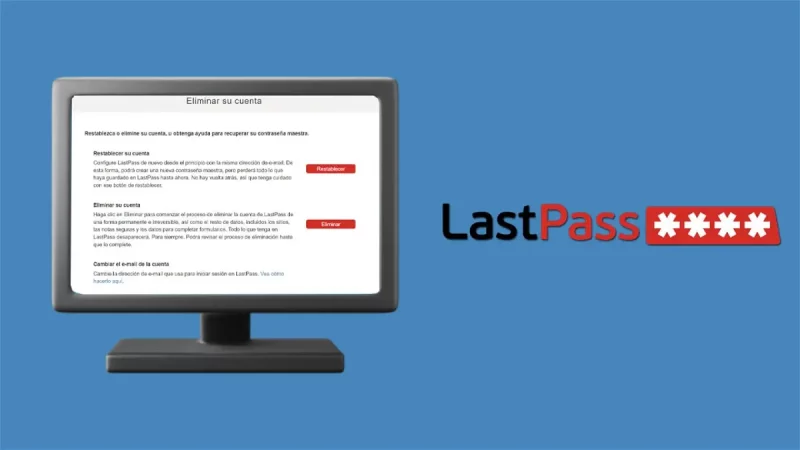Do you know what Soft sell is? Know this sales term and evaluate its usefulness in your strategy
The sales process of your company is perhaps the most important and decisive when it comes to bringing your product or service to customers. It is there that all your marketing strategy and all your efforts to get customers are rewarded.
To relate to your leads efficiently there is the Softsell sales model. Come with me to see what it is about, its difference with Hard Sell and how you can apply it within your trading strategy.
Table of Contents
Soft Sell: A sale based on customer relationship
This sales model offers very good prior knowledge of the customer. For this, a very useful tool could be the fantastic buyer persona creator , with which you can collect all the necessary information about their interests, problems or needs, from the attraction stage.
If you want your product or service to reach people who will really find your value, and who will also be interested in relating to your brand again, then this is the model you should include in your business process.
It is not selling for sale , it is selling in such a way that the customer’s purchase decision involves knowledge about the product, an analysis to feel confident about the investment they are going to make.
A clear example of SoftSell is the sale of luxury cars or real estate, it is not a decision of minutes, nor is it necessary to have a single contact with the client.
Differences from HardSell
This sales model is the complete opposite of the SoftSell model. In it, the priority is that the seller sells, it does not matter much to have a long-term relationship with the customer , but rather to deliver the product.
That does not mean that this model is bad, because on certain occasions it is the way in which some products are sold. For example, on special dates we see people selling items related to the celebration, such as women’s day, mother’s day, or when there is a soccer game near a stadium, we find occasional vendors who are mainly interested in selling fast your product.
Product knowledge
- At HardSell, it is the seller who knows the product, and through his knowledge and persuasion he tries, sometimes forcibly, to have the person make the purchase.
- In SoftSell, the client already has an idea of the product that is offered to him , the seller enters as a companion in the decision making.
Approach
- When a sales process is HardSell, many times the customer is not even looking for the product offered, and the approach is usually a little more invasive.
- In a SoftSell process, you have a prior knowledge of the customer, just as the customer already has an idea of the product or service . This approach is less invasive due to prior knowledge of the client’s needs or problems.
Sales cycle
- In a HardSell process, the priority is to sell. This model is common in articles that are temporary or of massive use since they do not require as much relation with the client. An example is offers in shopping malls or restaurants.
- A SoftSell process is characterized by having prior planning , which when it has a content structure to offer to the potential client, can reduce the purchase decision time. An example is business consulting, or searching for English classes.
Existence of an after-sales
- After the closure of a business in the HardSell model, the seller or the company will hardly worry about the customer relationship again. Many times the product does not require it, since the person consumes it constantly or it is something of a very specific use that will not need a later relationship.
- The SoftSell model does cover post-sale processes because here the customer has great expectations thanks to his prior knowledge of the product. It also seeks to maintain a long-term relationship to ensure that the client becomes a future promoter of the brand.
How to implement the SoftSell model
You have seen what this model consists of and its differences with the HardSell, so how about putting it into practice within your marketing strategy? Follow the step by step to make your business process more focused on SoftSell.
1. Planning
Here you will determine your audience and then begin to define a customer relationship strategy. For that, you must keep in mind the importance of content based on your strategy .
2.Discover customer problems
Building a buyer persona is essential in this step, since it will guide you about the problems, needs and interests of those who will know your brand.
3. Present the product or service as a solution
Getting your leads through the sales funnel will lead them not only to recognize their problems, but also to see how your brand is offering a solution to them. Mentioning the benefits of your product or how your product helps the customer is decisive in making a decision.
4.Response to objections
Previous knowledge of the client is important to be able to predict objections to some extent, but always remember to prepare your sales argument, so that the leads that have come this far are really more interested in what you offer them.
5.Closing the sale
When the sale is closed, it is important to know the customer’s perception once all the previous process has been completed. Always make yourself available for any need and carry out satisfaction surveys to identify points of improvement.
If you consider SoftSell to be the ideal commercial strategy for your product, don’t wait any longer! Identify the practices that are already involved in your business process and try to improve those that are not giving the best result.
If you want to know more about alignments between marketing and sales, we invite you to subscribe to our newsletter.






